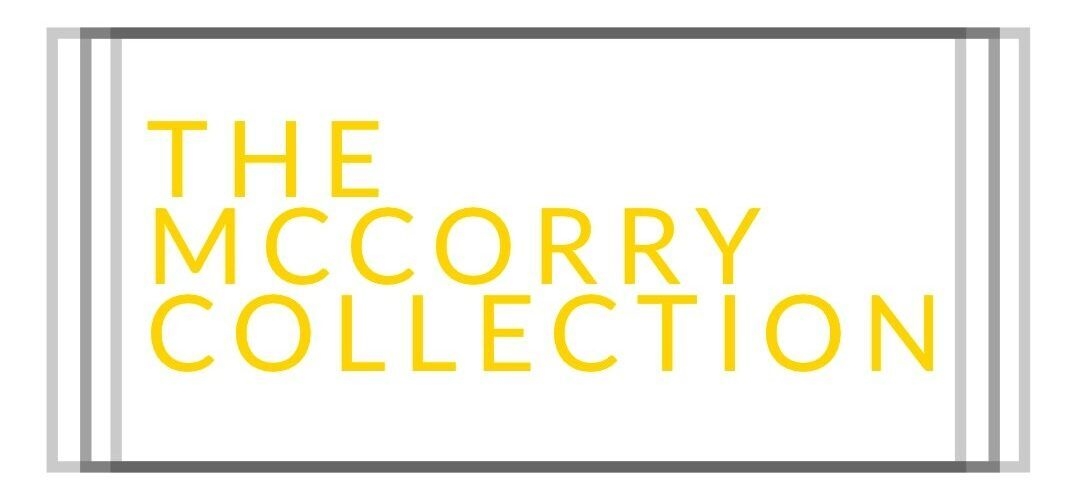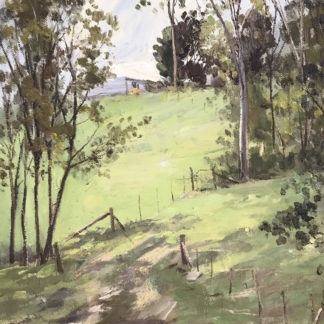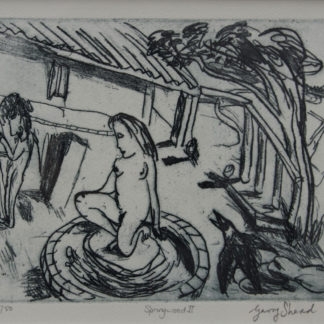Bio
Arthur Van Hecke (France 1924-2003) Bio
Arthur Van Hecke is a French painter of the Roubaix Group . He was born in Roubaix on March 24, 1924 and died in Hondschoote on January 25, 2003.
– Influence of the Belgian group of Sint-Martens-Latem –
At 13, Arthur Van Hecke is a textile factory worker in Roubaix. Bruno Vouters, journalist: “Born in a poor district of Roubaix, this child of a modest family was made for the factory.” [ 1 ] Bruno Jaubert, author of the text of the book Arthur Van Hecke – works 1946-1998 (at the same time catalog published by the Museum of Fine Arts of Dunkerque in 1998, on the occasion of the exhibition presented in November), quotes Arthur Van Hecke: “(at age 12) I was seriously beginning to paint, of course, it was just a bad smear, but my passion was there … My grandfather received from Belgium every week a magazine in which he There was always a canvas reproduction of one of the Belgian masters of the time and it is by looking at them that I became aware of the painting.I copied them all: Servaes and his Christ with pustules, Opsomer and his portraits Officials but so well painted, Tytgat and his humor, Permeke and his omnipotence, Paulus, Daeye, Van de Woestyne, all the team of Laethem-Saint-Martin What a wonderful school of well-paint They marked me forever, even after discovering modern painting, Picasso, Braque, Matisse, Lightweight.” – The Roubaix Group –
Arthur Van Hecke is one of the main protagonists of the Roubaix Group with, among others, the painter and sculptor Robert Conte (born in 1925), the painter and poet Michel Delporte (1927-2001), the sculptor Eugène Dodeigne (1923-2016) ), the painter Jacky Dodin (1929-1990), the painter Paul Hémery (1921-2006), the painter and jazz pianist Pierre Hennebelle (1926-2013), the painter Pierre Leclercq (1928-2002), the painter Eugène Leroy (1910-2000), the sculptor Jean Roulland (born in 1931). After settling near Dunkirk, he founded with Raymond Picque, Jean Bertaux and Jean Castanier , the Gravelines Group in 1961.
Self-taught painter, he began painting at the end of the war, in Roubaix, his hometown, where he exhibited his paintings at the Salon des Artistes Roubaisiens then in the galleries of Roubais, the galleries Dujardin, Parenthou, and the brand Creation Léon Renar. A decisive meeting will quickly accelerate the course of his career. While painting in the park of the castle of Jean Masurel, famous industrialist and collector of the North – at the origin of the museum of Villeneuve d’Ascq -, there cross Roger Dutilleul, uncle of Jean Masurel, and also collector ( Braque , Picasso , Modigliani ), who encouraged his nephew to help the young artist, in particular by putting at his disposal a workshop in Roubaix. From then on, Roger Dutilleul and Jean Masurel closely followed his work, and exhibited his paintings alongside Picasso, Léger, Braque, Lanskoy. “The contacts with Jean Masurel give his career its full span Van Hecke meets Léger, Buffet, Lanskoy, Leroy, Pignon, Dodeigne, Gadenne …”
– Foundation of the Gravelines Group –
In 1957 Arthur Van Hecke lives in Petit-Fort-Philippe, in 1958 in Brussels, in 1959 Dunkirk, in 1961 Grand-Fort-Philippe. He founded the Gravelines Group in 1961 with Jean Bertaux, Jean Castanier and Raymond Picque. They created a prints collection in 1975, which will be at the origin of the Gravelines Museum of Drawing and Original Printmaking . The Museum was inaugurated in 1982 and the Gravelines Group dissolved, the mission being accomplished. The Gravelines Museum of Original Drawing and Printmaking is the only French museum dedicated to printed works. In 1964 Arthur Van Hecke lives in Malo-les-Bains and lives with Lucette from 1971 on. They settle permanently in Hondschoote in 1982.















